Documenting the editing process of Quercus.

Synopsis
In a dystopian future in which humans live underground, a sleep-deprived young professional agrees to go with his girlfriend to an immersive new exhibit, where the rich sensorium compels him to reconsider what is lost in a human habitat without trees.
The biggest challenge
I want to make this narrative as moving as possible without being boring or didactic. I think my “way in” is keenly visual storytelling; I want the editing to emphasize and not detract from the images. I’m mostly thinking about my target audience, people who aren’t already interested in the subject of trees or who might feel numbed by constant climate catastrophe news. My goal is to reach them with a statement about the striking majesty of trees. This was also my concern at the scriptwriting stage, and now I hope to focus on it through deliberate editing.
What’s most exciting…
Everything! Which is a terrible answer, but I can’t wait to learn best practices for these professional softwares. For one, we had four different sources of audio on set, including camera audio, a degree of complexity I’ve never handled before in post-production. I’m also excited that we’ll have several months to polish the final cut. I think this expanse of time will push this film to mature into the best it can be. I guess above all, I’m really excited to work on my sense for editing. I hope that time away from the footage will give me the clarity to make bold and necessary decisions.

Emulating the tone of Pleasantville
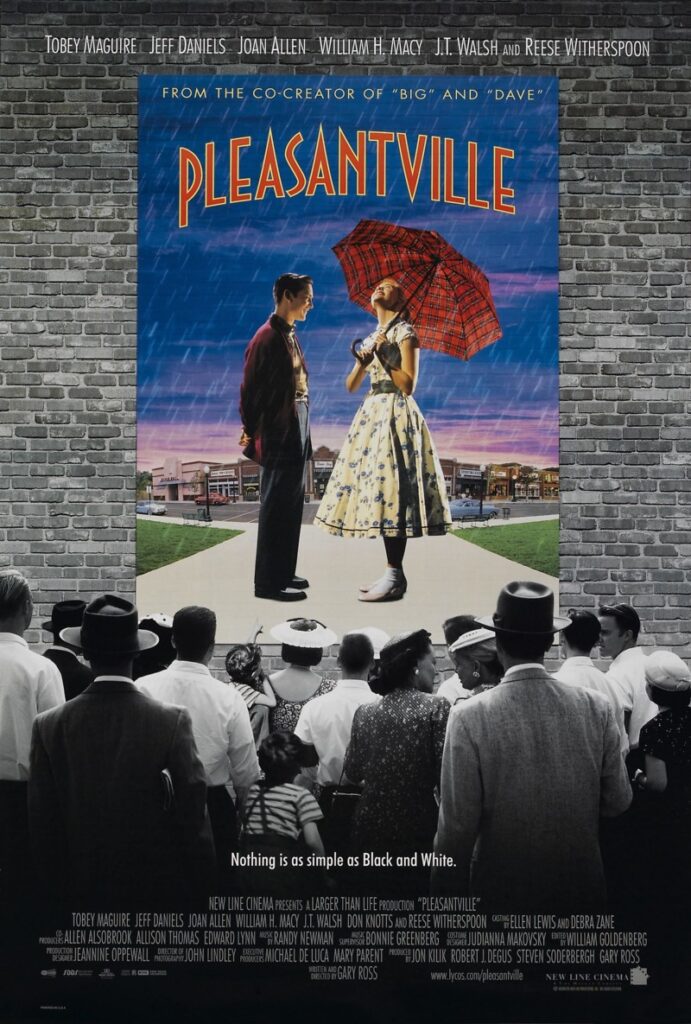
Pleasantville is about two 1990s teenagers who are suddenly transported into a 1950s sitcom. The TV show that they enter is an apotheosis of postwar American idealism, with a nuclear family, eternally smiling housewife, corner soda fountain shop, and more. Yet the siblings carry progressive beliefs that reflect their upbringing at the turn of the century. Their unconscious ideologies begin to transform this literally and morally black and white world.
In this scene in particular, they’re adjusting to living in this sitcom and are stunned at the sight of this hearty breakfast. This morning feast clashes with the dismal reality of their home life with a single depressed, divorced parent. I’m hoping to channel this tone by also presenting a playful, mundane defamiliarization of the natural world through my short film. Similar to this clip, my characters see a photoreal simulation of trees for the first time. Like in Pleasantville, these sights are already familiar, or at least recognizable to the audience.
Through the characters’ reactions, my goal is to defamiliarize and re-present the startling wonder of trees to viewers. I also hope to achieve this tone of surprise, innocence, and slight humor through timing, music, and especially framing. Just like how Reese Witherspoon’s character Jennifer appears tiny from a low angle that emphasizes the heap of pancakes, sausages, and bacon on her plate, there are shots in my short film that use extreme low angles to convey the sheer size of trees in comparison to the characters.

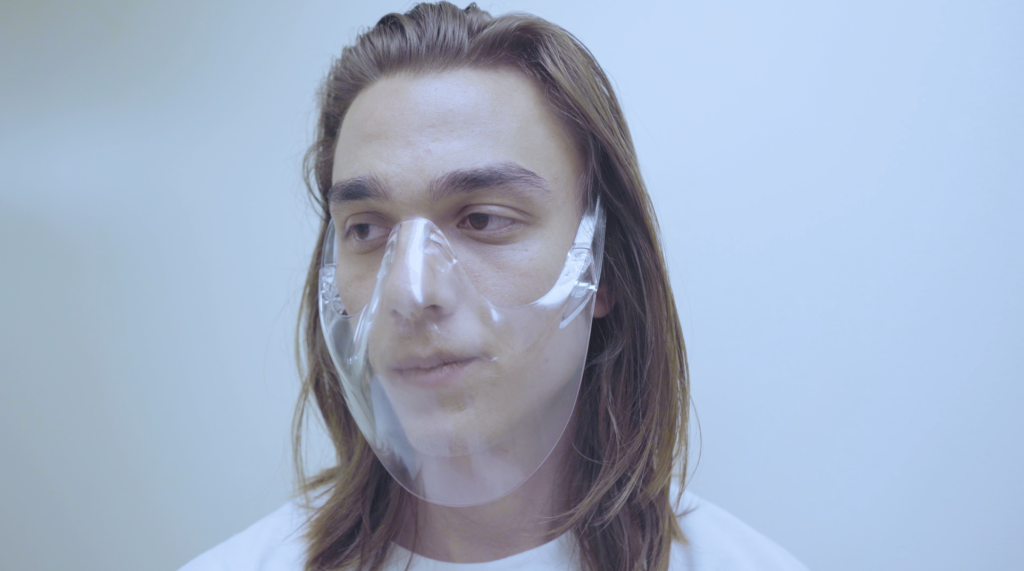
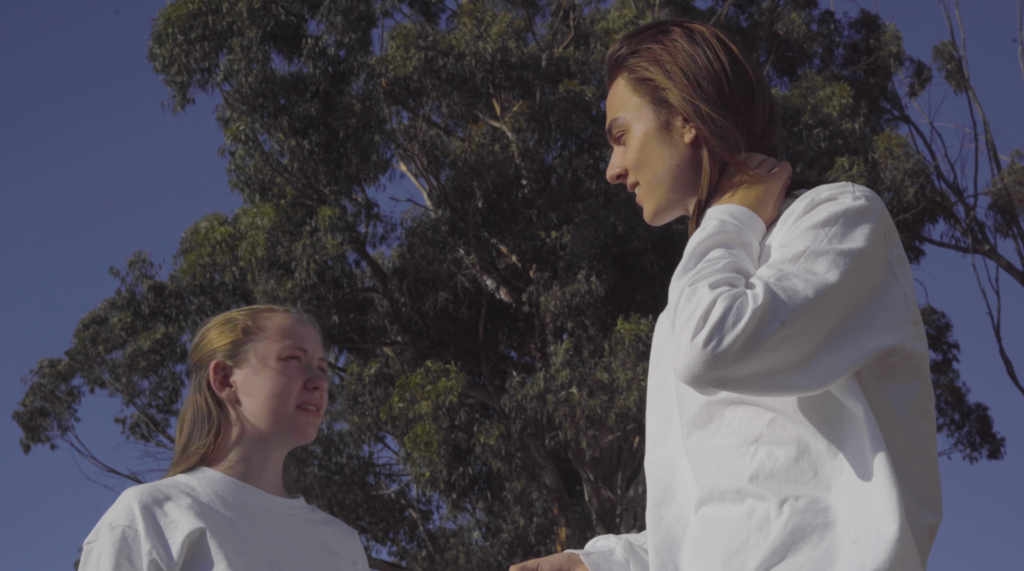
I feel like I’ve worked most on the beginning scene in the Bunker, some on the interim scenes throughout, and least on the last scene with the oak tree. Watching the footage back, I’ve also been feeling indebted to my Comps group – you all did incredible work!!!
My main concern is whether the “change of heart” in the finale is motivated enough. This is by far the most important moment in the film. I’m also not sure about some of my cuts. There are several very long takes.

Reflecting on sound
Something I’ve been thinking about is the power of silence. I was thinking about the cue sheet for Quercus and how silence can be used to emphasize the emotional “turning point” of the film. There are several moments where the characters don’t speak, and where I am hoping the point-of-view shots of trees visually convey the sense of awe the characters experience.
Also, I really love how some describe that the final mix is like an audio “mise-en-scène” that complements the visual one. Sound can purposefully delineate an aural background, foreground, etc. For some reason, the analog of an audio mise-en-scène really made sense to me. I suppose other aspects of visual composition can “translate” to film, like how panning can be used to differentiate between sides of the filmic world, how sound can be balanced or not balanced, and more.


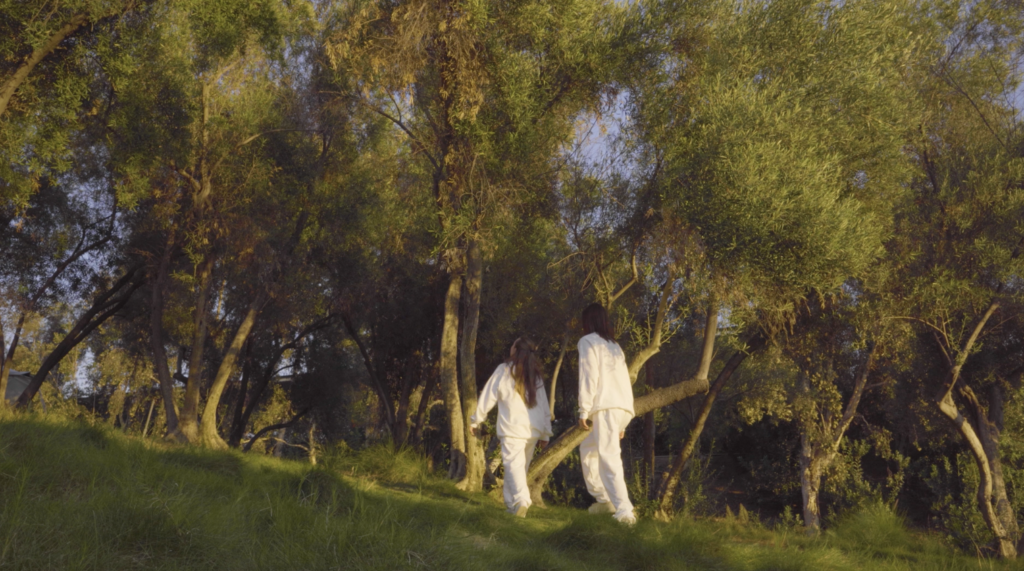
One change from the first assembly was a greater emphasis on point-of-view shots. In several spots I lengthened and duplicated reaction shots meant to bring us into Masper’s perspective. This was especially important for the second scene, or the first scene in the exhibit, in which this extreme plunge into the natural world is key to the narrative arc.
Another change was the ending. I cut some lines that when I wrote them, seemed necessary or just natural, but that I realized now weren’t actually needed. Several shots are longer. I also tried to smoothen some awkward cuts between panning and still shots. Even though several changes were more microscopic, I feel much better about this picture locked cut.

Creating a cue sheet
My approach to sound design so far has been a focus on texture and distinction between the four separate, but related worlds of the eucalyptus tree, rose bushes, olive trees, and finally oak tree forest. In some ways, I’ve tried to relegate categories of sounds to different scenes, with far more insect buzzes and chirps in the rose bushes scene and the most bird calls in the olive tree grove.
I think one challenge I’m going to focus on is somehow conveying the high elevation of the eucalyptus tree’s location through aural design, as well as the deep peace of the area created by the oak tree canopy. For the first scene in the Bunker, I also want to strike a balance between more tactile, thunking technological sounds and more digitized beeps and hums.

The love theme in Cinema Paradiso
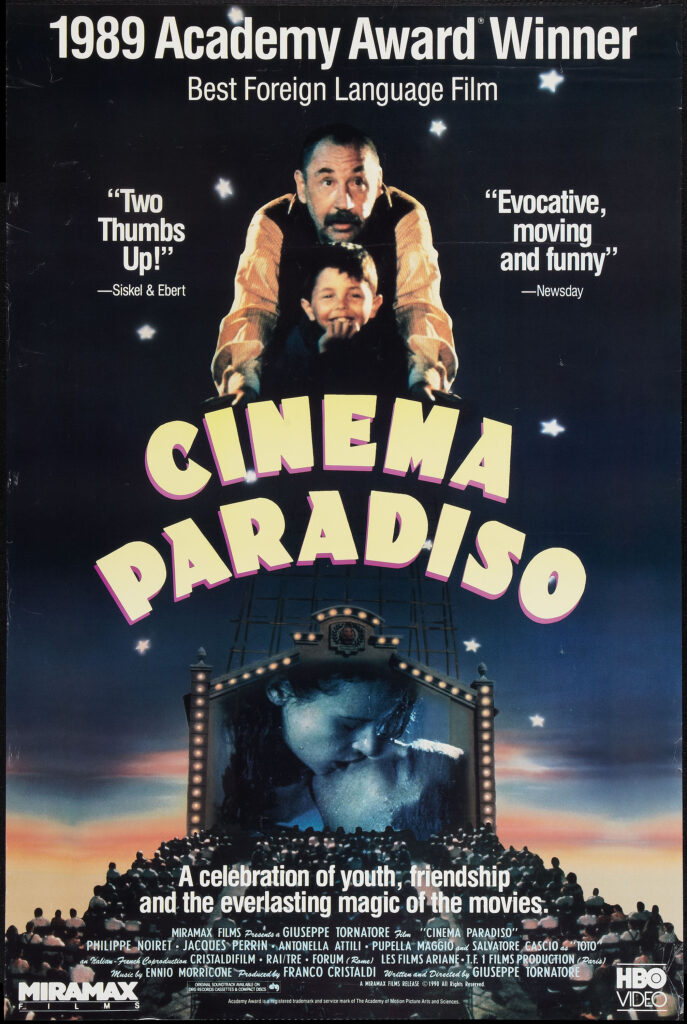
One soundtrack I adore is Ennio Morricone’s original music composed for Cinema Paradiso. Morricone is a prolific Italian film composer who composed the iconic theme for the western trilogy A Fistful of Dollars, For a Few Dollars More, and The Good, The Bad, & The Ugly.
While Cinema Paradiso is about one young man’s lifelong love for film, it’s equally about first love. Especially in this “Tema d’Amore,” but all throughout the soundtrack, I’m always amazed at that seamless mix of a variety of woodwinds and strings. At the same time as the soundtrack can be described as “magical,” it’s honestly also sad, bittersweet, nostalgic, which I think makes its musical interpretation of hesitant, stomach-butterflies first love all the more substantial. It perfectly matches the narrative arc of the film, as the protagonist’s first love is eventually lost. A woodwind has the main melody, which the rest of the orchestra supports. Somehow, through the piano’s stuttering and the orchestral swells, this music taps into what can be a very fragile, precious first love in a person’s life.

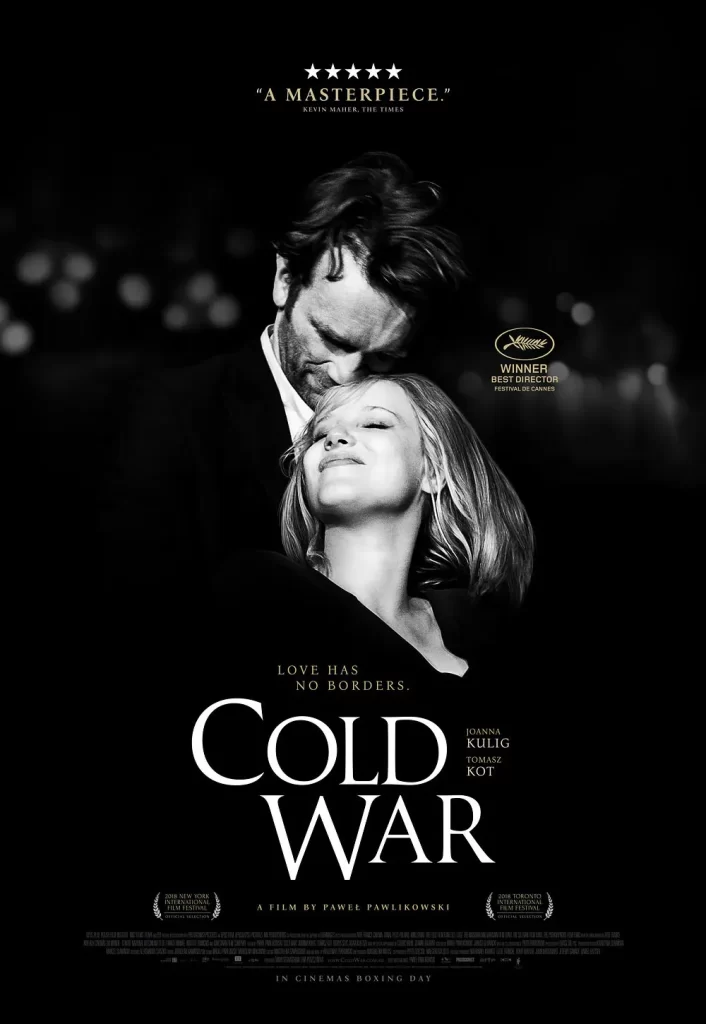
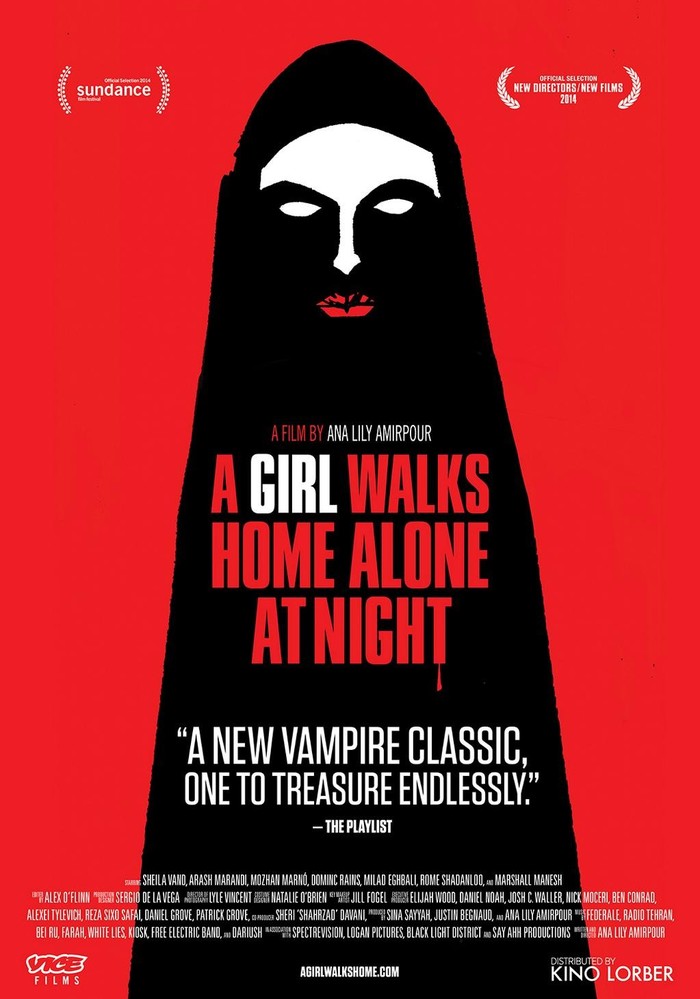
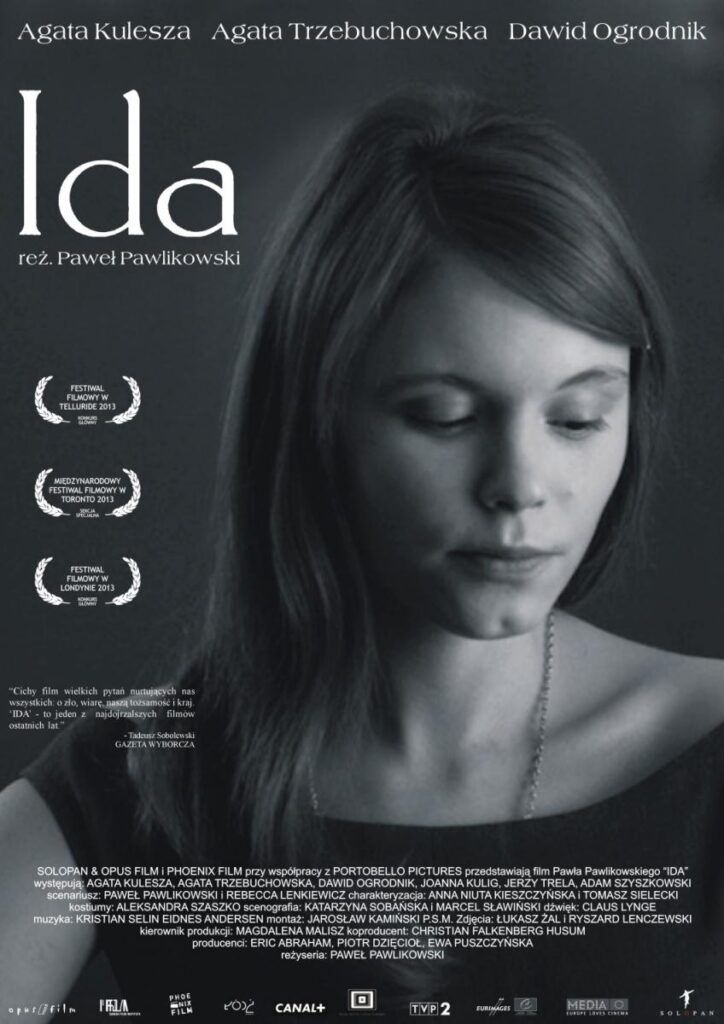
Color in film history
I’ve read that during the transition to filming in color, there is a concrete historical basis for why we tend to associate black and white images with a greater sense of realism, though ironically human vision tends to perceive a colorful world. This is because early documentary film and nonfiction photography was overwhelmingly shot and printed in black and white for most of the twentieth century. While I might have already vaguely known this, I was struck by how clarifying this fact was. This reminded me of how, in an essay in the photography collection The Radical Eye, some theorize that black and white tends to be associated with the twentieth century, and even modernity itself.
Another takeaway for me is the way in which black and white filmmaking can perfectly suit the construction of an abstract filmic world. A Girl Walks Home Alone at Night immediately came to mind. The desolate vampire noir world of the Girl would have been starkly different if it was shot in color, or even very muted colors. I also thought of Paweł Pawłikowski’s Cold War and Ida, which were shot in the last ten years, when filming in color has become the default. I thought that Pawlikowski’s films exemplify the way in which this article describes that the wide range of contrast and hard edges in black and white cinematography can create totally unique imagery.

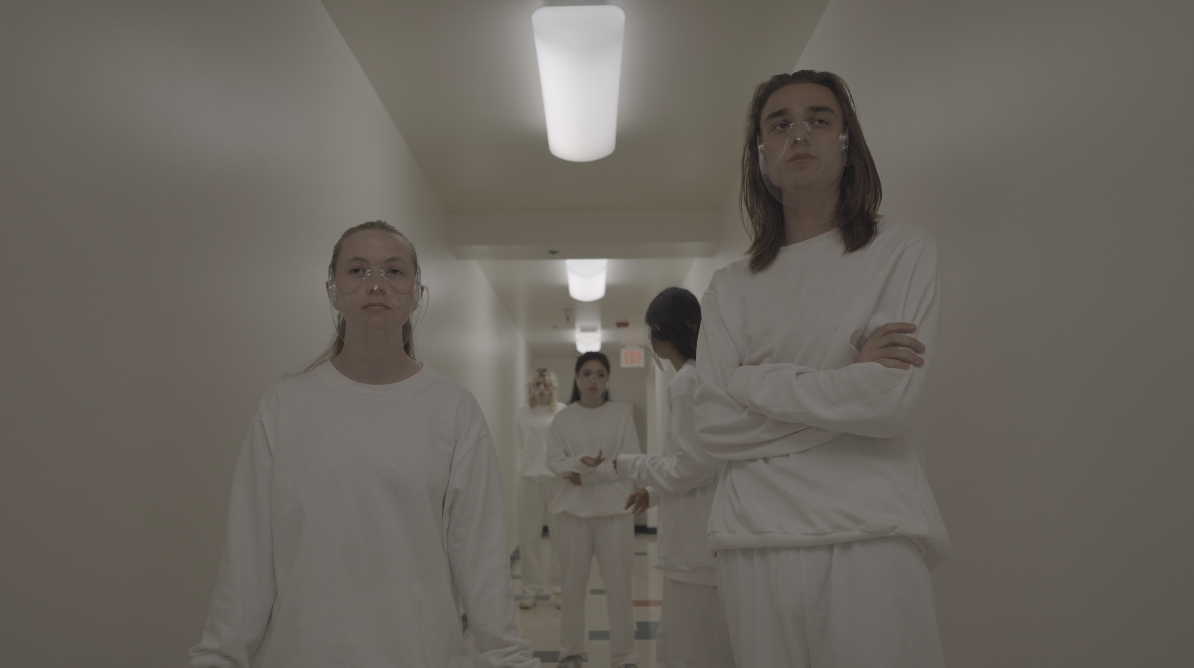
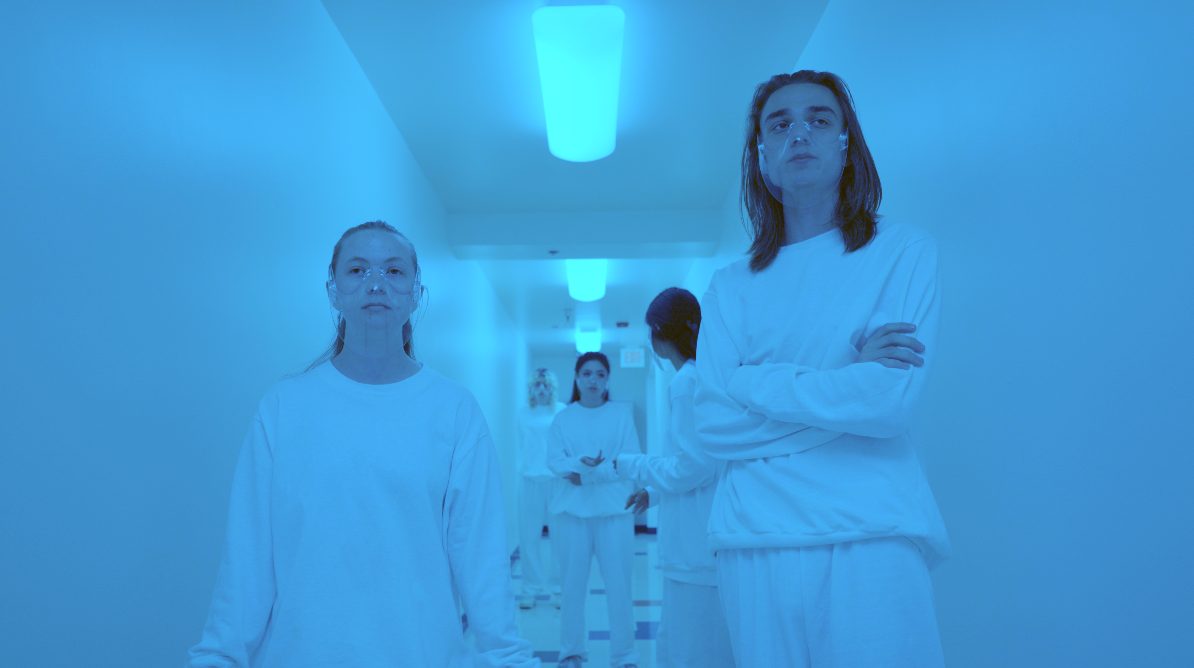
For this beginning scene, I wanted the color grading to introduce the Bunker as a vividly unnatural, inorganic place, with the “opposite” of natural lighting. I wanted it to be blue tinted, but also so unusually saturated with neon blue that the color seeps into the characters’ clothes and hair, and you might come to wonder how people could live in a place like this. In order to achieve this effect, I tried to even out the shots as much as possible during the pre-grade and clip grade. During the post-grade, I drastically reduced the color temperature, lowered the contrast slightly, added a slight blue boost on the Gamma color wheel, and boosted the blue and lowered red in the Gain color wheel.
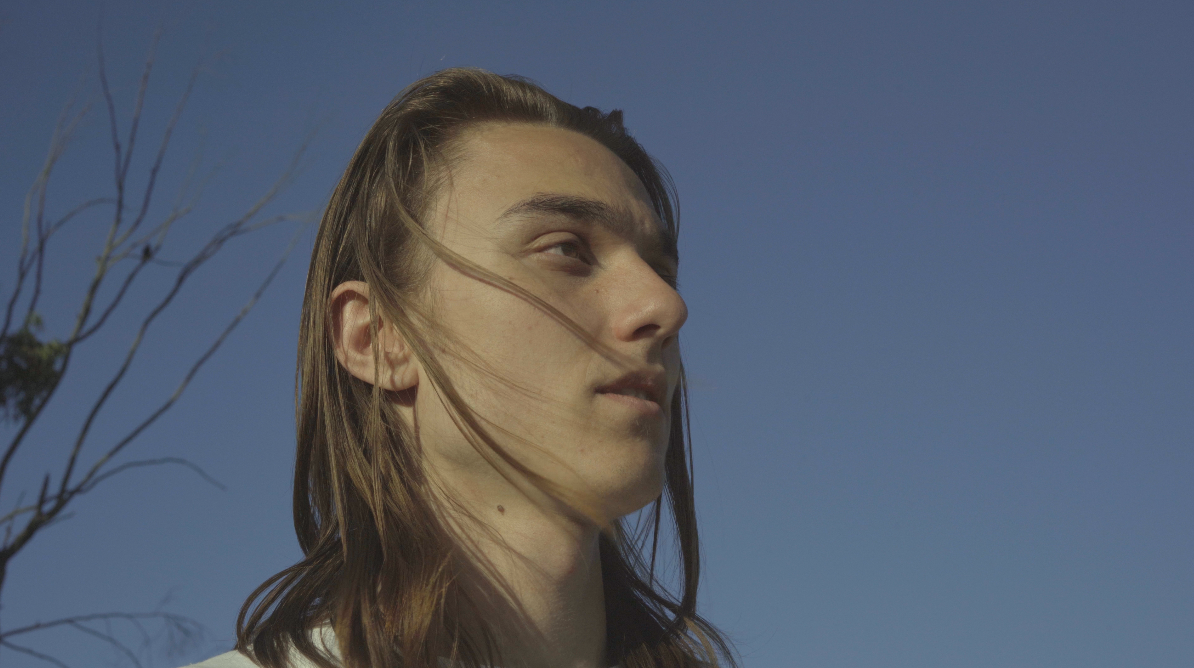
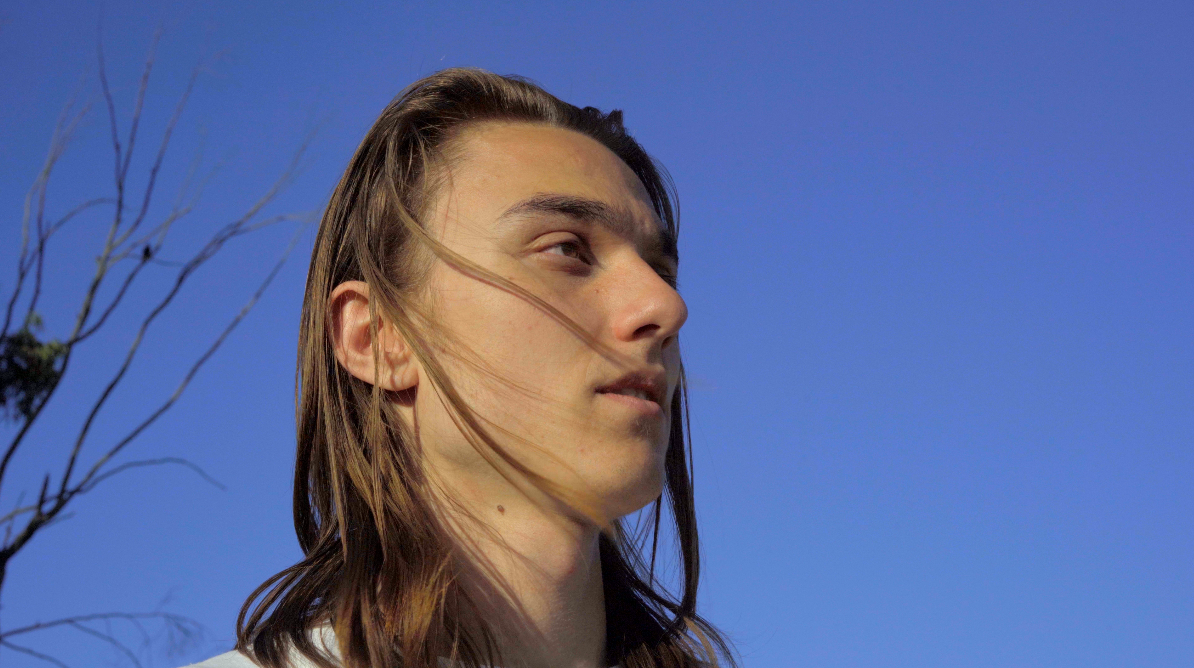
The screenshots above are from the scene that immediately follows the Bunker scene. I wanted this to actually look as “normal” as possible, so that the actor’s actual hair, skin, eye color might even come as a surprise, as this environmental flashback of nature brings out the characters’ humanity. I stretched out the contrast and increased the saturation in both the pre-grade and the individual clip grade. Several concerns included the character’s white shirt, which I needed to make sure wasn’t blown out if the highlights were boosted too much. I also didn’t want to increase the saturation too much, and checked the Parade video scope against other clips from the scene to make sure the blue sky didn’t differ too much from other shots.

Reflecting on the final screening

During the screening, it was fun to be sitting in the audience with other MAC seniors. My heart was beating out of my chest, as cliche as it sounds, as the title card rolled. I was in an odd state of both total focus and distraction during the entire film. There are certain shots I don’t remember seeing at all, like plucking an olive from the branch, that I know for a fact were in the final cut. Other times, I did feel like I was watching the film normally, in real time. I’m not sure if it was just in my head, but Thorne Hall seemed very quiet during the film itself. I was surprised by how quiet the film’s music sounded too. It was also jarring to immediately walk on stage for the Q&A after the credits rolled.
Watching my peers’ films was extremely euphoric. The credits always rolled faster than I expected. I had lots of fun whooping and cheering as soon as their films were over. It was just so much fun. I had forgotten how powerful communal movie-going can be, since I hadn’t been in a movie theater since before the pandemic.
